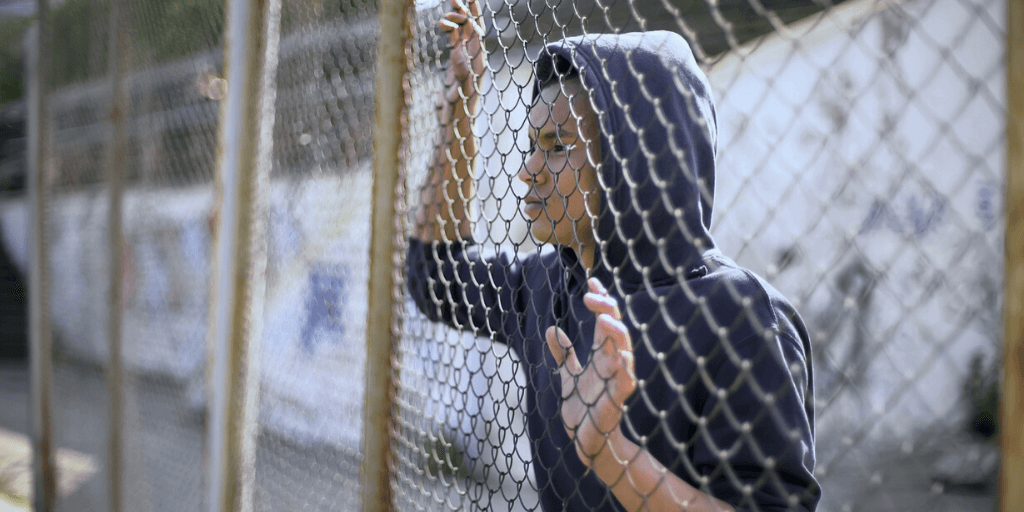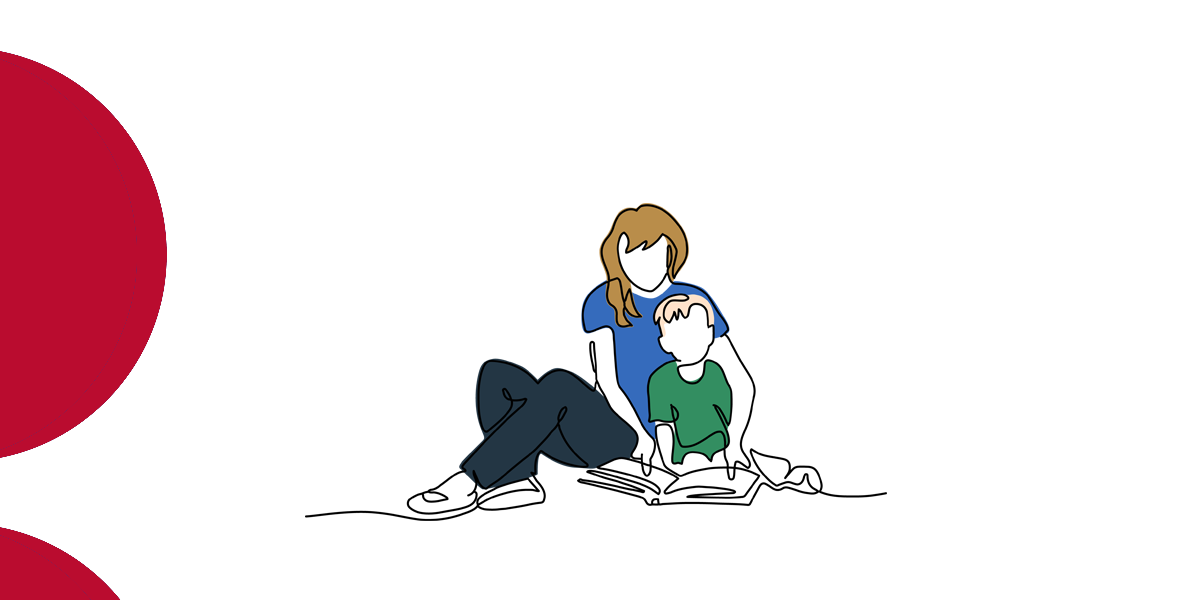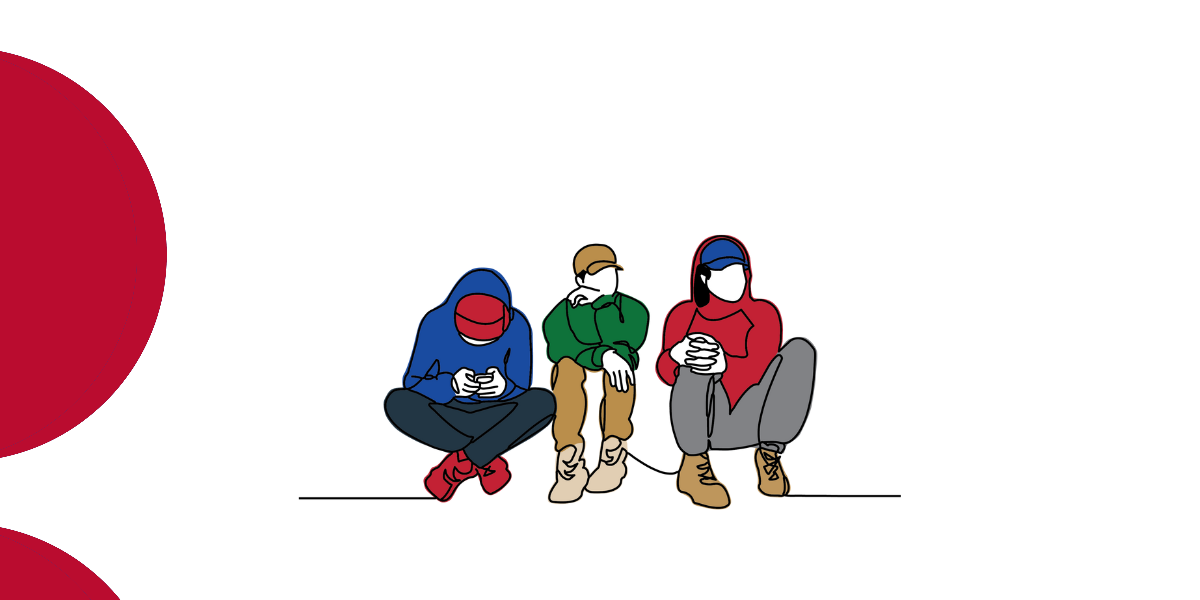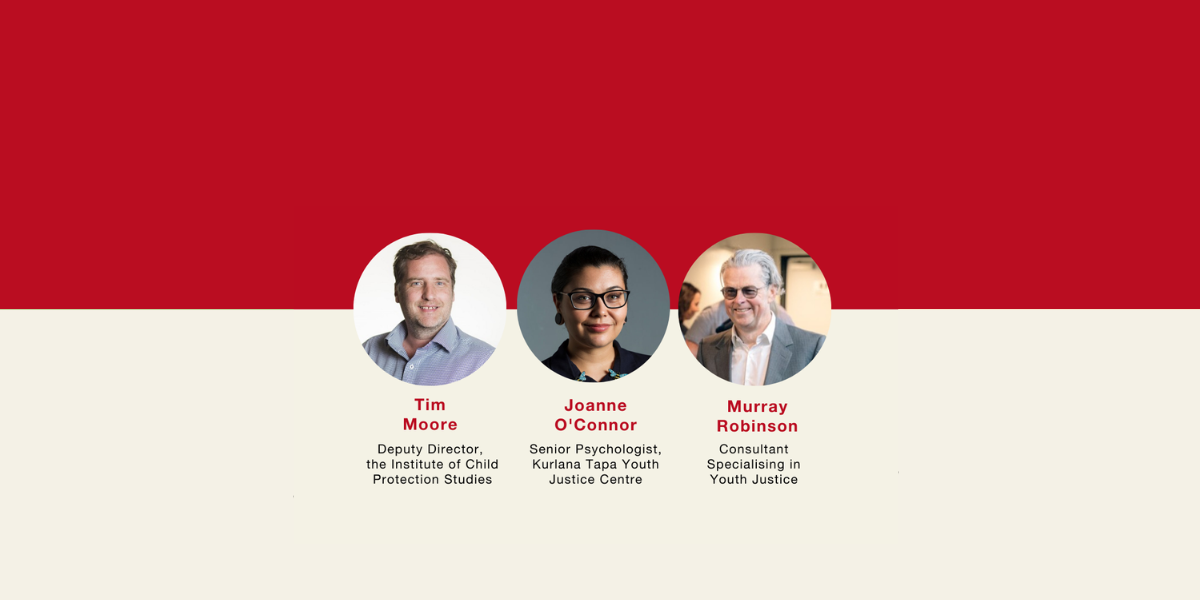They came to us for care and left with a criminal record
Mar 2020
Written by Lynne McPherson
There is a nexus between living in Out of Home Care (OOHC) and being involved with the criminal justice system. In NSW children and young people in OOHC have been found to be overly represented in the NSW Children’s Court, with estimates ranging from 19% to 34%(Indig, Vecchiato, Haysom, Belby, Carter, Champion & Whitton, 2011). Through the implementation of the Joint Protocol to reduce contact of young people in residential OOHC with the criminal justice system the NSW government and Intensive Therapeutic Care providers are working to change this reality for young people.
NSW is not alone in facing this challenge. The message is clear, our care systems nationally and internationally, whilst developed to provide a place of safety, have been ‘graduating’ too many young people into the criminal justice systems.
Research is clearly showing us that some young people in care remain at far greater risk of being drawn into the criminal justice system and are getting a criminal record for behaviours and actions that would never come to official attention if they were living at home with their parents.
This adverse relationship between the OOHC and juvenile justice systems has also been shown to seep into the early adulthood of care leavers. The CREATE Report Card found that over a fifth of female care leavers and almost half of the males had received a warning, caution, or charge, compared to just five per 1000 children (0.5%) in the general population (McDowall, 2009). While research perspectives and findings vary in relation to the rates of overrepresentation, the research is useful in providing a broad understanding of the issues related to the criminalisation of young people living in OOHC.
A young person’s exposure to the criminal justice system can come through many pathways, however, contact with the police is usually the first point of exposure. Let’s take a closer look at the actual crimes that young people in care are involved in committing. It might be assumed that these would be very serious matters however, one of the most frequent charges against young people in care is for property damage (Legal Aid, 2018). Typically this crime involves young people in residential care damaging bedrooms and other rooms in their care environment. The same behaviour, taking place in a family home, may not be considered a crime or result in a call to the police for a response. Young people who have been in out-of-home care are treated differently, not only in terms of the frequency with which they are charged with property damage, but also the frequency with which they are held on remand (Legal Aid, 2018).
In 2017, the Queensland Family and Child Commission spoke with young people about their experiences of police contact while living in residential care. The majority stated that police were called unnecessarily in certain situations. Some examples include:
- ‘[I was charged with] common assault – got thrown in the watch house. [I threw a skateboard] and the same worker who I threw the skateboard at came to pick me up – doesn’t make sense.’
- ‘[The police] charged me for property damage in regards to pushing a stool over – there was a scratch on the floor.’
- ‘I’ve been charged with wilful damage and breaking and entering. I broke into the [residential service] to get my own stuff. I told them…
- While police involvement is necessary in some circumstances, in particular when the safety of young people and staff is at risk, involving police as a way of keeping order in a residential care service has unintended consequences to vulnerable children and young people.
The literature nationally and internationally points to evidence that young people in OOHC, particularly those in residential care, are commonly arrested for minor matters that ought not to have incurred a police response
The unnecessary involvement of police in minor incidents has also been found to occur in New Zealand (Stanley, 2017). A recent study investigating the relationship between the child protection and criminal justice systems in New South Wales found that children living in OOHC are more likely than those not in care to be charged following their first contact with police, and be charged for relatively minor offences. In most of these cases, it was determined that a police caution would have been a more appropriate response (McFarlane, 2018). A real concern is that young people in OOHC, may inadvertently be treated more harshly in the criminal justice system; for example, they may find it more difficult to secure bail due to a lack of stable accommodation and family support.
What about the risk of ‘peer contagion’ in residential care?
We can’t assume that the problem of care criminalisation is a simple matter of peer contagion, or negative peer influence, where groups of vulnerable young people live under one roof. For example, whilst there is some evidence to suggest that young people in residential care may be more inclined to use drugs as a result of being introduced to them by other residents. (Mendes, Snow & Baidawi, 2014), other research offers good news about the role of peer support and peer learning in therapeutic residential care settings, where the power of the group is used as a vehicle for positive change (James 2011).
The way forward
The Intensive Therapeutic Care reforms and the NSW Joint Protocol provides a strong platform for changing the trajectory for young people in residential care.
At the heart of therapeutic, trauma informed approaches to the care of young people is the development of a new way of understanding the problem. Put simply, it involves a move away from asking ourselves the question ‘what is wrong with them’, which assumes that the problem is in fact the young person choosing to behave in challenging ways and that the central problem is the behaviour. This thinking is replaced by the question being posed; ‘What happened to them?”…. allowing us to learn about the troubled and traumatising past that the young person has experienced and to respond in ways that soothe, comfort and ultimately heal. It is vital that we include in this approach the need to avoid any unnecessary police and youth justice system involvement, which may be experienced by young people of further evidence that they are ‘bad’ and do not have a right to be cared for, respected and loved.
Consistent with this is the Joint Protocol which is based on the following guiding principles, paraphrased below:
- Young people living in residential and ITC services may have a range of complex needs arising from experiences of trauma, abuse and neglect.
- Trauma informed approaches that are consistent with principles of therapeutic and trauma informed care are the most helpful response to challenging behaviours
- A multi-agency commitment is necessary to avoid unnecessary contact with the criminal justice system
- Police should only be called as a last resort, (unless there is a safety risk) in response to incidents arising from challenging behaviours by young people in residential services.
- Young people living in residential and ITC services have the right to seek assistance from police
- The arrest or detention of a young person should only be as a last resort
- We must be consciously focused on the rights and interests of young people from Aboriginal backgrounds and to be culturally sensitive and relevant in their responses and in providing care
- Young people from Aboriginal and culturally and linguistically diverse (CALD) backgrounds have the right to feel safe, protected and connected to community, family, culture and country
- The practice of being culturally responsive and facilitating connection to family, community and culture improves the young person’s wellbeing. Shared care is an effective way to support young people to recover from trauma and achieve best life outcomes.
Together these two initiatives provide an important opportunity for change. Research is required to truly measure the impact of these initiatives on the trajectories of young people in care.
Associate Professor Lynne McPherson
Director of Research, Centre for Excellence in Therapeutic Care
References
Australian Institute of Health and Welfare [AIHW]. (2018). Young People in Child Protection and Under Youth Justice Supervision: 1 July 2013 to 30 June 2017. Canberra: AIHW.
Gatwiri, K., McPherson, L., MacNamara, N., Mitchell, J., Tucci, J. (2018). From adversity to stability to integration: How one Australian program is making a difference in therapeutic foster care. Journal of Child & Adolescent Trauma. https://doi.org/10.1007/s40653-018-0236-6.
Indig, D., Vecchiato, C., Haysom, L., Beilby, R., Carter, J., Champion, U., … Whitton, G. (2011) 2009 NSW Young People in Custody Health Survey: Full Report. Retrieved from NSW Justice Health website: http://www.justicehealth.nsw.gov.au/about-us/ publications/ypichs-full.pdf on 10/03/2020
James, S. (2011) What Works in Group Care- A structured Review of Treatment Models for Group Homes and Residential Care. Children and Youth Services Review, 33(2) 308-321
McDowall, (2009). CREATE Report Card 2009. Transitioning from Care- Tracking Progress. Downloaded at https://create.org.au/wp-content/uploads/2014/12/05.-CREATE-Report-Card_Transitioning-From-Care-Tracking-Progress_November-2009.pdf on 10/03/2020
McFarlane, K. (2018). Care-criminalisation: The involvement of children in out-of-home care in the New South Wales criminal justice system. Australian & New Zealand Journal of Criminology, 51(3), 412–433.
Mendes, P., Snow, P. & Baidawi, S. (2014). Good Practice in Reducing the Over-Representation of Care Leavers in the Youth Justice System. Melbourne: Monash University.
NSW Government (2019) Joint ptocol to reduce the contact of young people in residential out of home care4 with the criminal justice system. Downloaded at file:///C:/Users/Lmcphers/Downloads/NSW-Joint-Protocol-2019.pdf on 10/03/2020
Moore, T., McArthur, M., Roche, S., Death, J., & Tilbury, C. (2016). Safe and sound: Exploring the safety of young people in residential care. Melbourne: Institute of Child Protection Studies, Australian Catholic University. Royal Commission into Institutional Responses to Child Sexual Abuse, Sydney.
NSW Government (2019) Joint protocol to reduce the contact of young people in residential out of home care with the criminal justice system. Downloaded on 10/03/2020 @ NSW-Joint-Protocol-2019%20(1).pdf
Stanley, E. (2017). From care to custody: Trajectories of children in post-war New Zealand. Youth Justice. 17(1), 57–72.


















